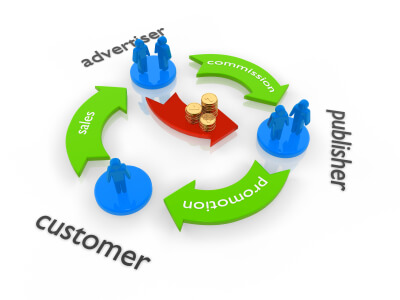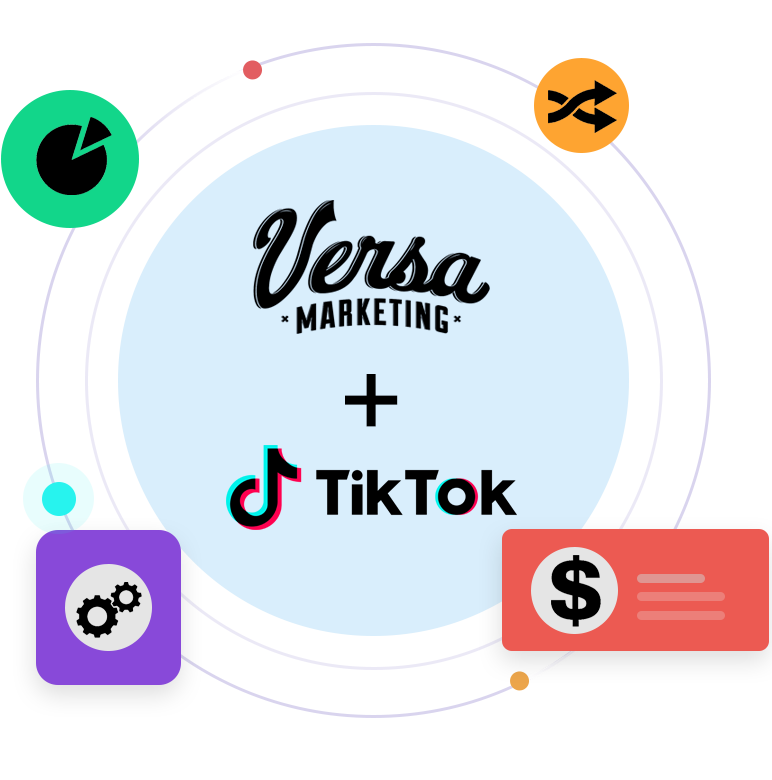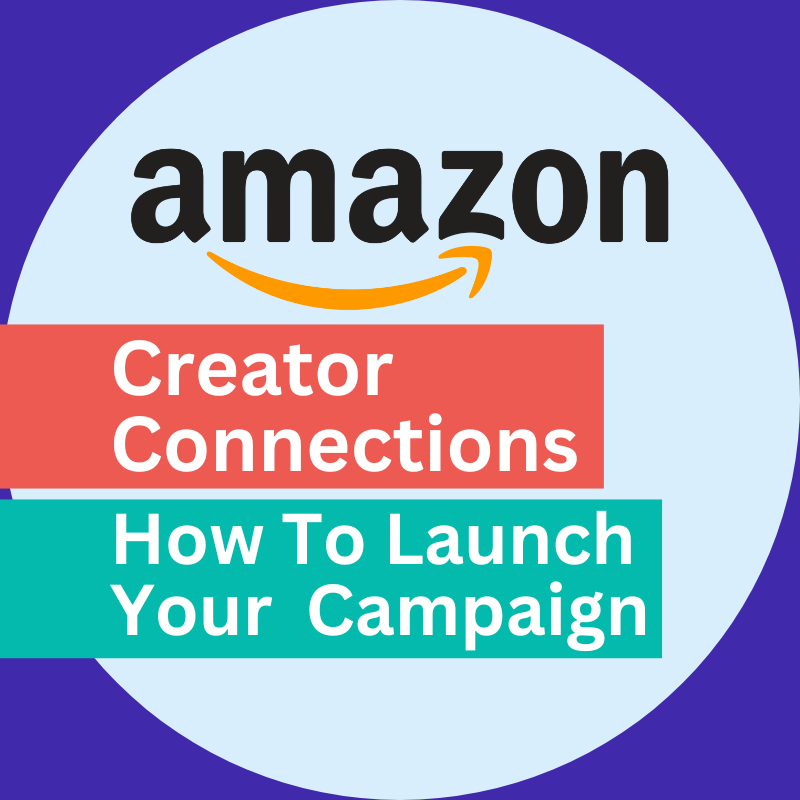One of the most important aspects of affiliate program management, next to affiliate recruiting and engagement, is to ensure that your program is properly optimized. Based on our affiliate program management experience we recommend the following items be reviewed and updated if necessary. This will increase the attractiveness of your program to affiliates and create a fundamentally sound affiliate program that you will feel confident in promoting.
 First Impressions – Managing Your Affiliate Program Description
First Impressions – Managing Your Affiliate Program Description
- Commission structure
- Cookie duration
- Paid search restrictions
- Availability of product data feed
- Your website URL






